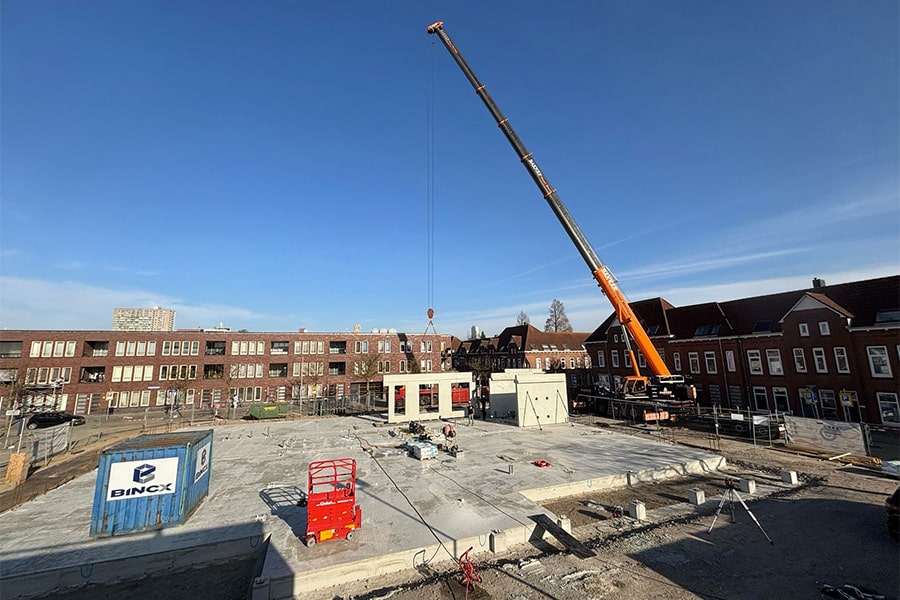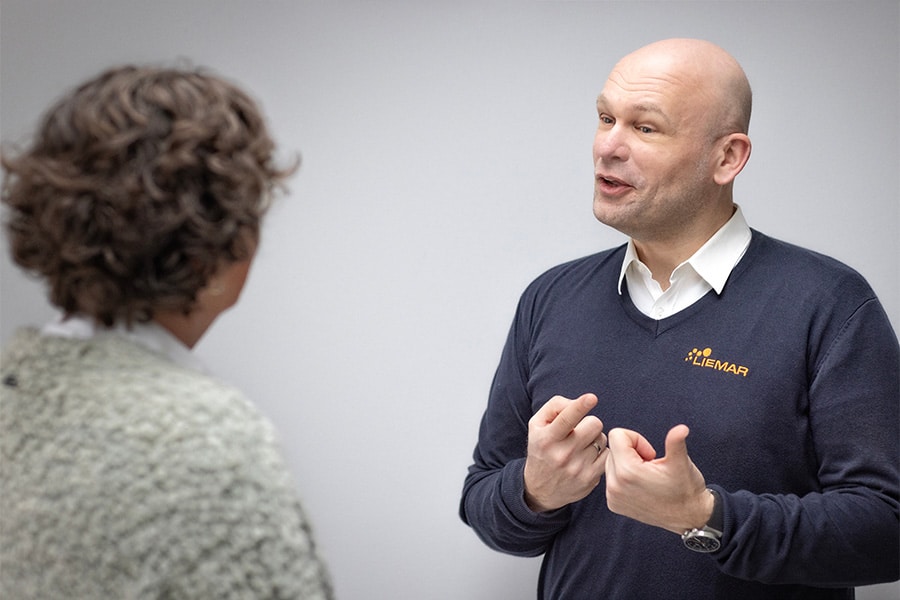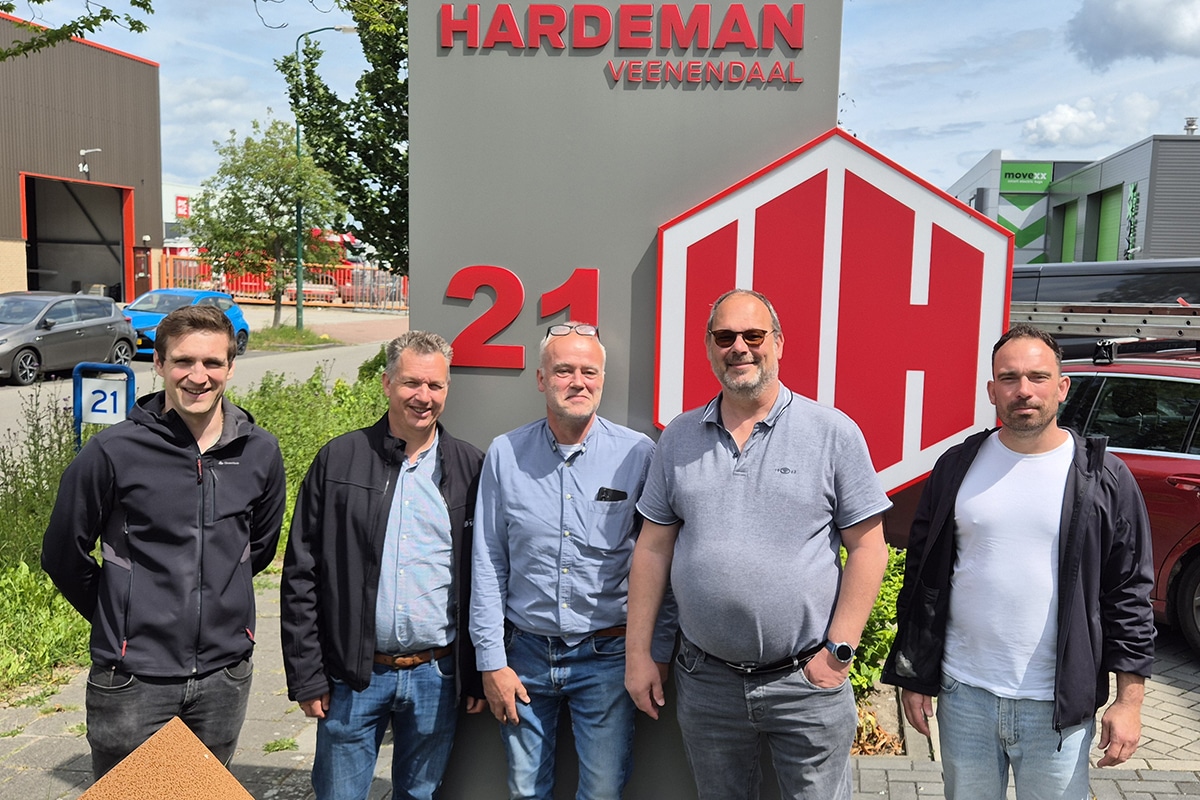
Housing market imbalance
Ir. Peter Beerepoot - Architect - partner Breddels Architects
The dire housing shortage urgently requires an integrated approach at various scales. Both politicians and the construction industry face an immense challenge, similar to the post-war reconstruction period, but also with an important difference. In the 1960s, an average of 3.5 people lived in a home, while today this has dropped to about 2.1 people per home.
Currently, there is an imbalance on several fronts simultaneously. They are the consequences of the pause and sell-off of our public housing after liberalization got out of hand. 10 years ago the housing corporations were charged 12 billion in renters' tax, rents were henceforth related to the WOZ values and foreign investors bought up our housing corporations. The result was a halving of social housing production. In addition, we are struggling with the nitrogen problem and sharply increased construction costs due to energy and war crises. All this is combined with, on the other hand, the sharply increased demand for housing due to demographic changes, migrant workers, students and asylum seekers. This is all contributing to the current housing crisis.
It is crucial that housing construction be encouraged from the government. There is a need to build. However, this enormous housing task also requires an integral approach to the nature and agro-problems. But also the realization that traditional raw material chains are finite and that we must switch to new, sustainable alternatives.
At the urban planning level, integral use of available space is essential. New residential neighborhoods that are well connected to the current infrastructure, the reallocation of vacant buildings and wastelands, and the densification of urban areas through high-rise buildings. A high concentration of housing near public transport hubs is highly desirable, but in synergy with nature. A green, healthy and lively living environment with space for biodiversity and water adaptation, without the dominant car glare at ground level. A residential environment where there is room for meeting, sharing facilities and communal vegetable and amenity gardens by and for residents. From egocentrism to ecocentrism, quantity and quality, balance in soil and air. In addition to urban housing, we will also have to realize ground-level housing in and around villages, giving nature more space.
Affordable housing should be reinvigorated by, for example, one-time fixed subsidies for housing associations and developers of social rental and owner-occupied housing. In addition, we should focus more broadly on innovation with circular and bio-based building methods. Application of CLT, waterproof green roofs and passive solar energy have a positive effect on CO2 emissions, but also on a healthy indoor climate. It also reduces housing costs. Faster and more cost-effective construction methods require economies of scale through industrialization with modular and circular construction. This is not to say that we should ban steel and concrete. They are wonderful building products that we should cherish. Concrete, with its strength and freedom of form, and steel, with its slenderness and elegance, together form a symbiosis that is not only functional but also aesthetically pleasing. But we have to bet on innovation of concrete and steel, on developing variants with lower CO2 emissions, on detachability and on flexibility. Combinations with hybrid buildings, in other words.
Solving the housing shortage requires a pluralistic approach in landscape, urban planning and building methodology. This is to improve the quality of life for people and the environment and to restore balance to the housing crisis for both the short and long term.



